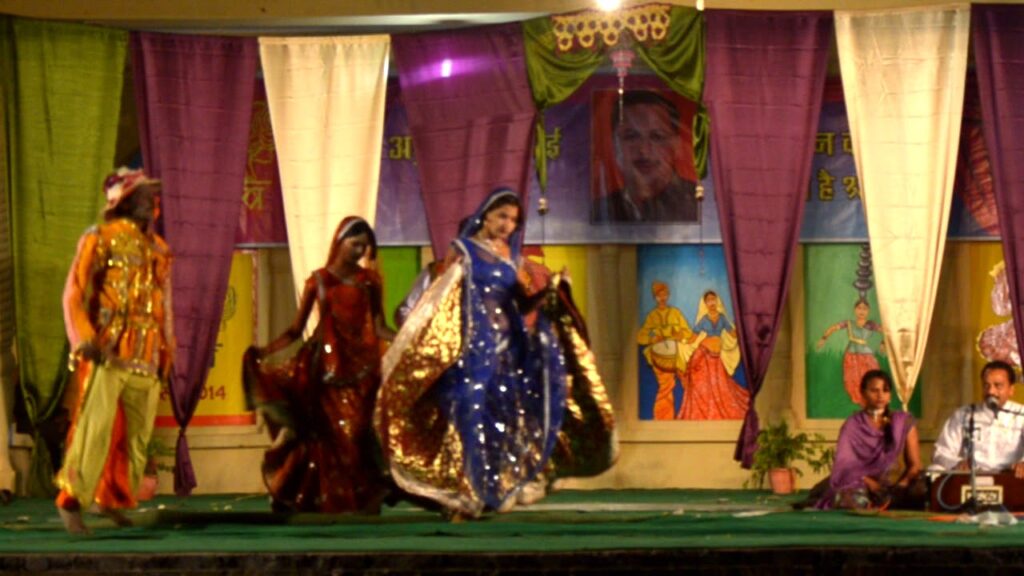The drama has been a pivotal source of interpersonal communication which reflected the social-political reality of their era in which they are portrayed.
Here a very rich and illustrious history of folk theatre exists and Sanskrit drama marked the beginning of theatre age in India which was staged at special festivals or events.
In 18 century, the Tamasha folk theatre became powerful after receiving patronage from the Peshwa of Maratha Kingdom.
There was an absence of urban theatre in most of the Indian cities except the metropolitan cities. So, folk theatre became the medium for the rural audience to entertain themselves and it continued for centuries.
Bhartendu Harishchandra in the 19th century was playwright who was known as the father of Indian theatre. He combines folk conventions with western theatrical forms during those days to form a present form of theatre. Theatre has kept the basic elements of drama intact, taking stories and flavors of the region in which originates.
And therefore the folk theatre is a very vibrant and vital aspect of Indian cultural heritage. Listed below are few folk theatre forms which are recognized all over the country for being amazing:-
1) Koodiyattam
When one of the oldest traditional theatres forms of India it follows performative principles of traditional Sanskrit theatre. This theatre form has roots in the culture of Kerala as it was traditionally performed there as a part of temple ritual which was performed in sacred theatres called Koothambalams. This theatre form has been recognized by UNESCO as a masterpiece of oral and intangible heritage of humanity in the year 2001.
2) Yakshagana
This is a popular folk theatre of Karnataka whose origin can be dated back nearly 400 years. It is the combination of musical tradition, colorful costumes and authentic style of dance accompanied by improvised gestures and actions and extemporaneous dialogue delivery by the artist. It is seen in the coastal districts of Karnataka.
3) Bhand Pather
This is a traditional theatre form of Kashmir which is a unique combination of dance, music, acting, and dialogues. Based on mythological legends and contemporary social commentary this form of drama is a rare combination of satire and parody woven around current political and social issues. The specific instruments used during this dance drama are like Mukam, Swarnai, Dhol, and Nagada.
4) Tamasha
This is the traditional theatre form of Maharashtra that flourished during Maratha rulers of 18th and 19th centuries and attends its peak during the rule of Baji Rao II. The distinguishing feature of this theatre form is a female actress who is the lead performer. And dance takes the chief position in the play. Classical music of Lavani dance with gestures gives this folk theatre unique characteristics.
5) Dashavtar
This is a folk theatre form practiced by the farmers of Konkan coast, Sindhudurg district of Maharashtra and in the North Goa district of Goa. In this theatre form, the performers personified the 10 incarnations of Vishnu. Man performers bear stylized makeup and performance is made colorful by a mask of wood and paper-mâché.
6) Ramman
This is a ritual theatre which is a religious festival’s part in the region of Uttarakhand. This art form is unique to the villages of Saloon- Dungra in the state of Uttarakhand. This folk theatre form involves recitation of the version of epic Ramayana and various legends accompanied by performances of local song and masked dances.

